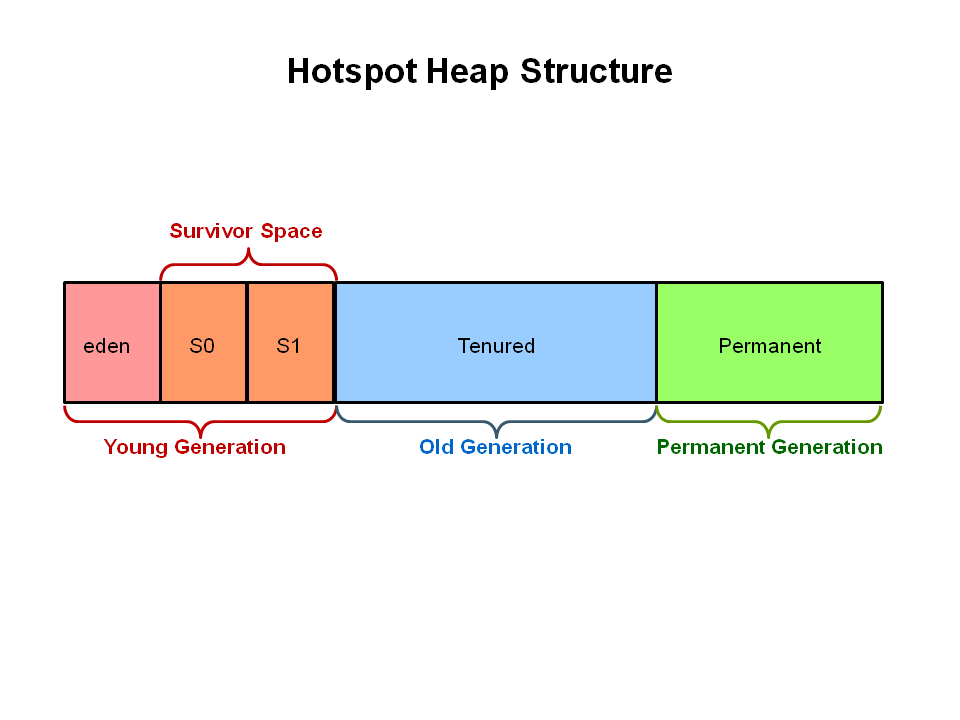Garbage Collection is process of reclaiming the runtime unused memory automatically. In other words, it is a way to destroy the unused objects and save the space. How does Java handle this automatically?
What is Automatic Garbage Collection?
Automatic garbage collection is the process of looking at heap memory, identifying which objects are in use and which are not, and deleting the unused objects. An in use object, or a referenced object, means that some part of your program still maintains a pointer to that object. An unused object, or unreferenced object, is no longer referenced by any part of your program. So the memory used by an unreferenced object can be reclaimed.
How can an object be unreferenced?
There are many ways:
- By nulling the reference
- By assigning a reference to another
- By annonymous object etc.
1) By nulling a reference:
2) By assigning a reference to another:
3) By annonymous object:
finalize() method
The finalize() method is invoked each time before the object is garbage collected. This method can be used to perform cleanup processing. This method is defined in Object class as:
Note: The Garbage collector of JVM collects only those objects that are created by new keyword. So if you have created any object without new, you can use finalize method to perform cleanup processing (destroying remaining objects).
gc() method
The gc() method is used to invoke the garbage collector to perform cleanup processing. The gc() is found in System and Runtime classes.
public static void gc(){}
System.gc(); //This will explicitly call the Garbage Collector;
Note: Garbage collection is performed by a daemon thread called Garbage Collector(GC). This thread calls the finalize() method before object is garbage collected.
In a programming language like C, allocating and deallocating memory is a manual process. In Java, process of deallocating memory is handled automatically by the garbage collector. The basic process can be described as follows.
Step 1: Marking
The first step in the process is called marking. This is where the garbage collector identifies which pieces of memory are in use and which are not.

Step 2: Normal Deletion

Step 2a: Deletion with Compacting

Why Generational Garbage Collection?
As stated earlier, having to mark and compact all the objects in a JVM is inefficient. As more and more objects are allocated, the list of objects grows and grows leading to longer and longer garbage collection time. However, empirical analysis of applications has shown that most objects are short lived.

JVM Generations

The Young Generation is where all new objects are allocated and aged. When the young generation fills up, this causes a minor garbage collection. Minor collections can be optimized assuming a high object mortality rate. A young generation full of dead objects is collected very quickly. Some surviving objects are aged and eventually move to the old generation.
Major garbage collection are also Stop the World events. Often a major collection is much slower because it involves all live objects. So for Responsive applications, major garbage collections should be minimized. Also note, that the length of the Stop the World event for a major garbage collection is affected by the kind of garbage collector that is used for the old generation space.
The Permanent generation contains metadata required by the JVM to describe the classes and methods used in the application. The permanent generation is populated by the JVM at runtime based on classes in use by the application. In addition, Java SE library classes and methods may be stored here.
Classes may get collected (unloaded) if the JVM finds they are no longer needed and space may be needed for other classes. The permanent generation is included in a full garbage collection.
This is referred from Oracle official documentation http://www.oracle.com/webfolder/technetwork/tutorials/obe/java/gc01/index.html